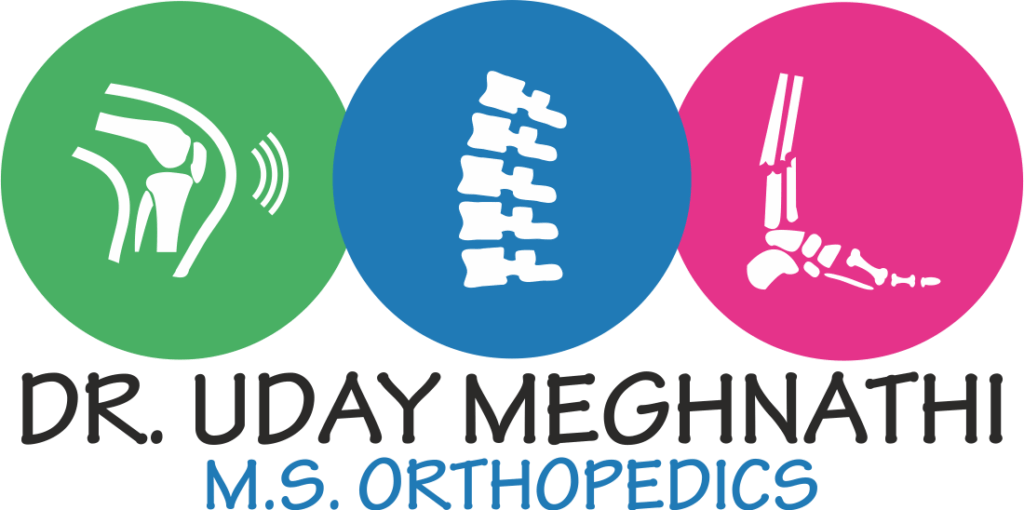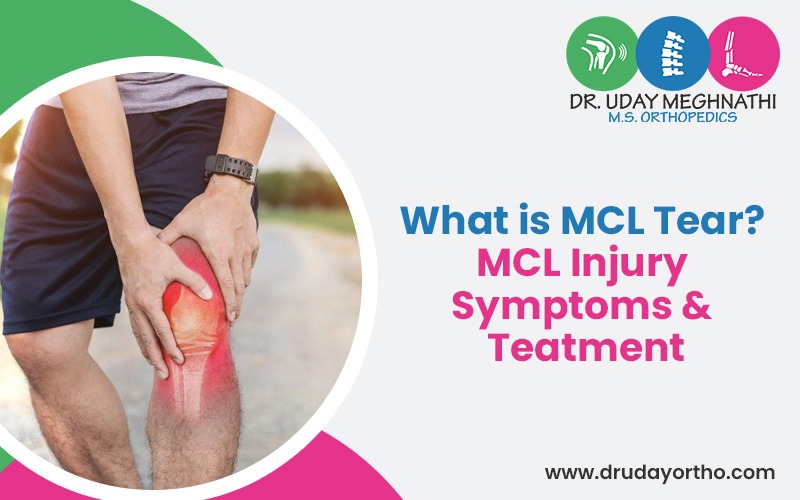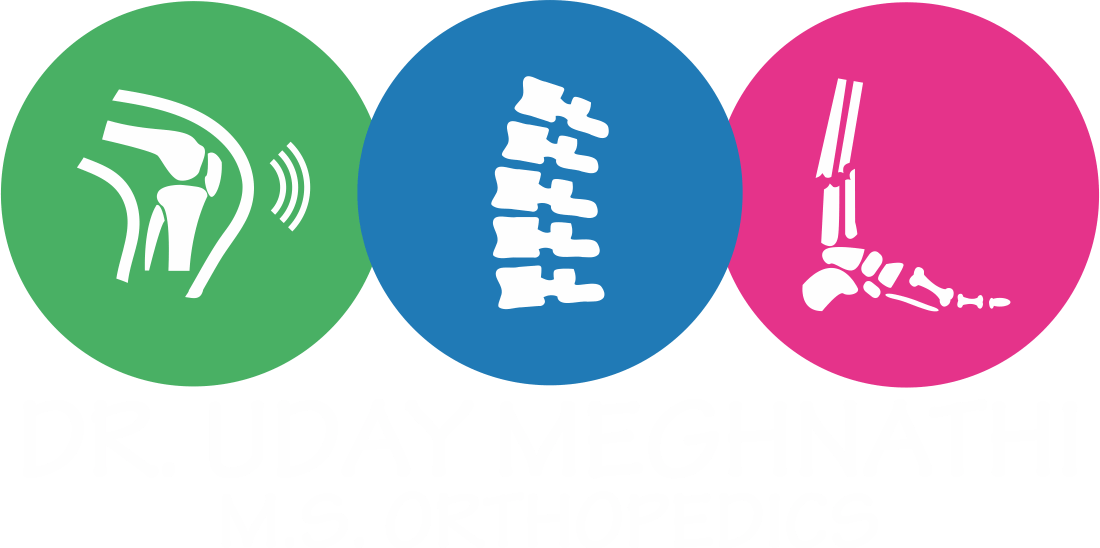Made up of the tibia (shinbone), patella (knee cap), and femur (thighbone), the knee joint is the largest in the human body. In addition to the major bones, the knee joint is stabilised by four crucial ligaments, which are located within the joint and provide flexibility. In case of damage to any of these ligaments, it can cause intense pain, swelling, and restrict the motion of the knee. MCL is one of the major ligaments present on the inside of the knee and can be injured by overstretching, playing sports, etc. In this blog, we will answer the question- “What is an MCL tear, MCL injury, symptoms, and treatment options?”.
What is the Medial Collateral Ligament Tear?
The MCL is present right in the centre of the knee. It joins the tibia to the femur. Besides the MCL, there are other ligaments present on the sides of the knee, which provide support and enhance leg movement. When finding the answer to “What is the Medial Collateral Ligament tear?”, we must focus on the grades of injury. An injury to the MCL can be caused by various factors; however, not all impacts cause a MCL tear. Grade 1 tear causes a mild sprain, grade 2 tear includes a partial tear, and grade 3 tear consists of a complete tear and instability of the knee.
To find the most accurate treatment for any of these injuries, consult Dr Uday Meghnathi, an expert knee specialist in Vadodara. He is an experienced orthopedic doctor with a reputation across the industry for his compassionate treatment. He listens to and assists his patients fully before and after treatment. He also provides knee replacement surgery and has a proven track record with numerous patients. Discuss your symptoms and call to book your appointment.
MCL Injury Symptoms
- Hearing a pop sound in the knee
- Intense pain in the knee
- Tenderness in the knee
- Stiffness and swelling in the knee
- Feeling the knee locking from time to time
- Knee instability
- Consistent bruising
MCL Injury Causes
- A direct blow to the knee that pushes the knee inwards.
- Sudden pause or twist in the knee while running at high speed.
- Common sports like football, basketball, skiing, etc.
- Awkward landing from a jump, which puts pressure on the knee.
- Falling and slipping on wet surfaces.
- Weightlifting and squatting.
Treatment for MCL Injury
- With a grade 1 level MCL tear, you can walk with the injury, but it might still be painful.
- In grade 2 level MCL tear, you won’t be able to walk at the time of injury, as the knee will be slightly unstable.
- For a grade 3 MCL tear, there are many other treatment options, such as RICE therapy, Physiotherapy, crutches, braces, pain relievers, and MCL reconstruction surgery.
- Some athletes might want to undergo surgery where the doctor might either reattach the torn parts of the MCL or use a graft to reconstruct the MCL completely.
Conclusion
The medial collateral ligament is the most crucial ligament present precisely in the centre of the knee. It is prone to injury from sudden, forceful impact and twisting of the knee. However, due to the advancement of medical science, we have many fast-recovering treatment options such as the RICE therapy, physiotherapy, and for severe injuries, MCL reconstruction can be a beneficial option. For the best MCL treatment, consult Dr Uday Meghnathi, an expert orthopedic doctor in Vadodara Fatehgunj. He has extensive experience treating knee-related issues. He provides the most suitable treatment options based on the severity of the injury. He also provides many other services like fracture management, sports injury, joint replacement, arthritis, pediatric orthopedics, etc. Give a call to book an appointment.
Also Read: Knee Ligament Injuries


